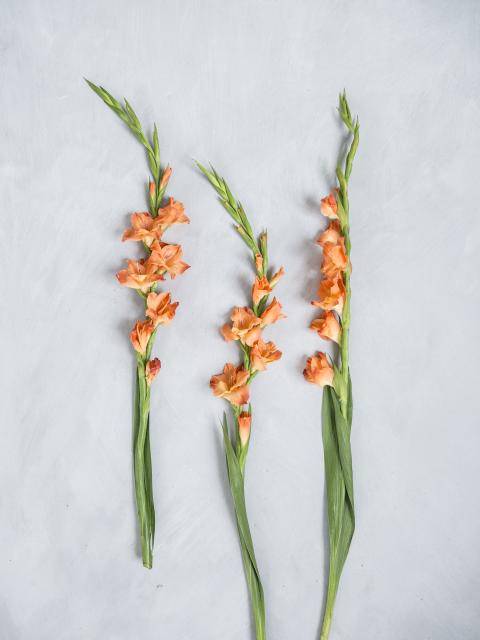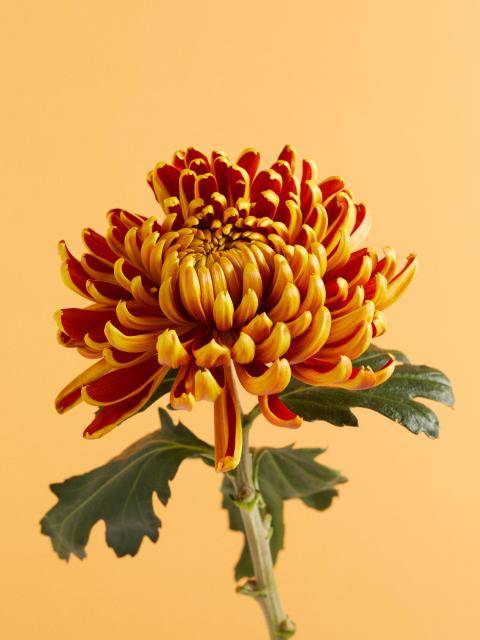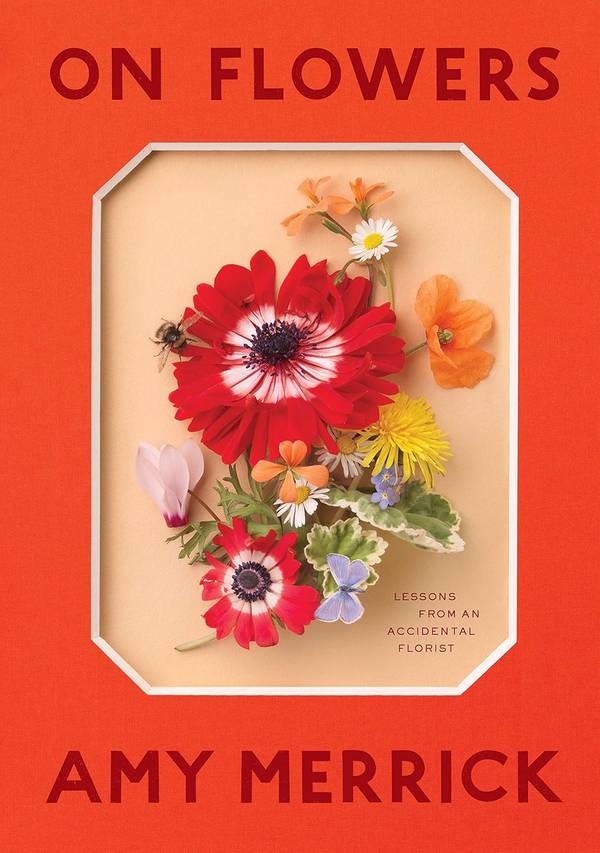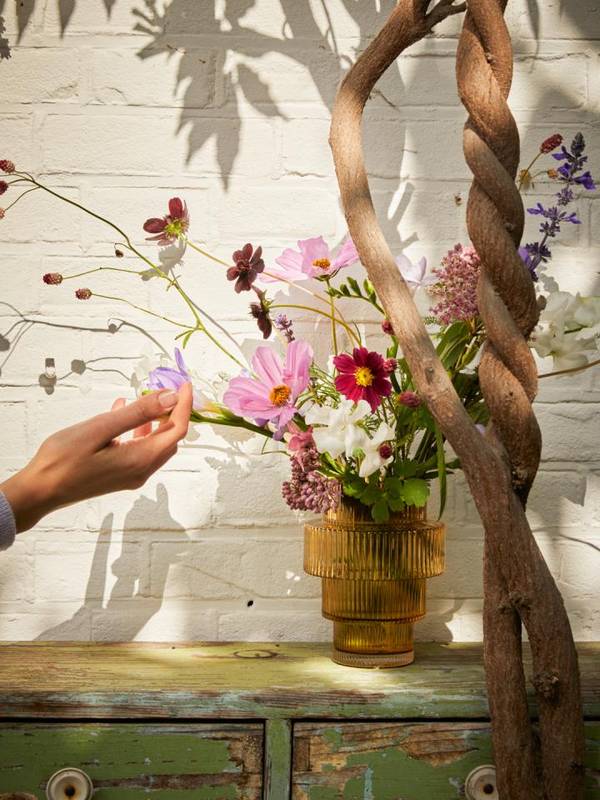
Care
Protea is very thirsty, so keep a close eye on the water level in the vase. And also:
- Use a clean vase and fill it with fresh water.
- Add cut flower food.
- Trim 3-4 cm off the stem and place it in the water straightaway.
- Do not place the flower in a draught or near a heater.
Colours and shapes
Protea’s flowers are surrounded by coloured - often hairy - bracts. The bracts are sometimes close to the flower, whilst on some varieties they fan out and show off the white heart clearly. The colours range from pale to dark pink, with white and saffron tones around the flower. Leucospermum is related to Protea, and the resemblance is clear.
Origin
Did you know that the Protea is South Africa’s national flower? The Swedish botanist Carl Linnaeus named the flower in 1735. Because of Protea’s many manifestations, he took the name from the Greek God Proteus, who could change his appearance as often as he liked.
The flower originates from South Africa, where you can also find it under its local alias of sugarbush. It gets this name from the sap exuded by the flowers which tastes of sugar. Protea grows in subtropical to tropical conditions with warm days with plenty of sunlight and cool nights. Lately the flower is also grown on other continents, so that Protea is increasingly easier to buy throughout the year.
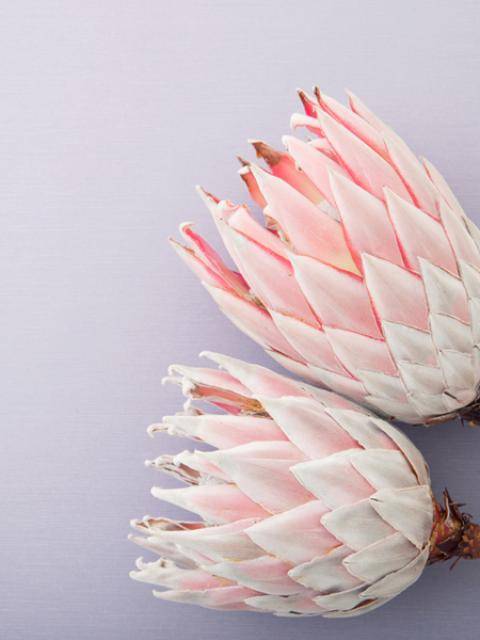
Symbolism
Bearing in mind the history of its name, you will not be surprised to hear that the flower symbolises diversity and change.


